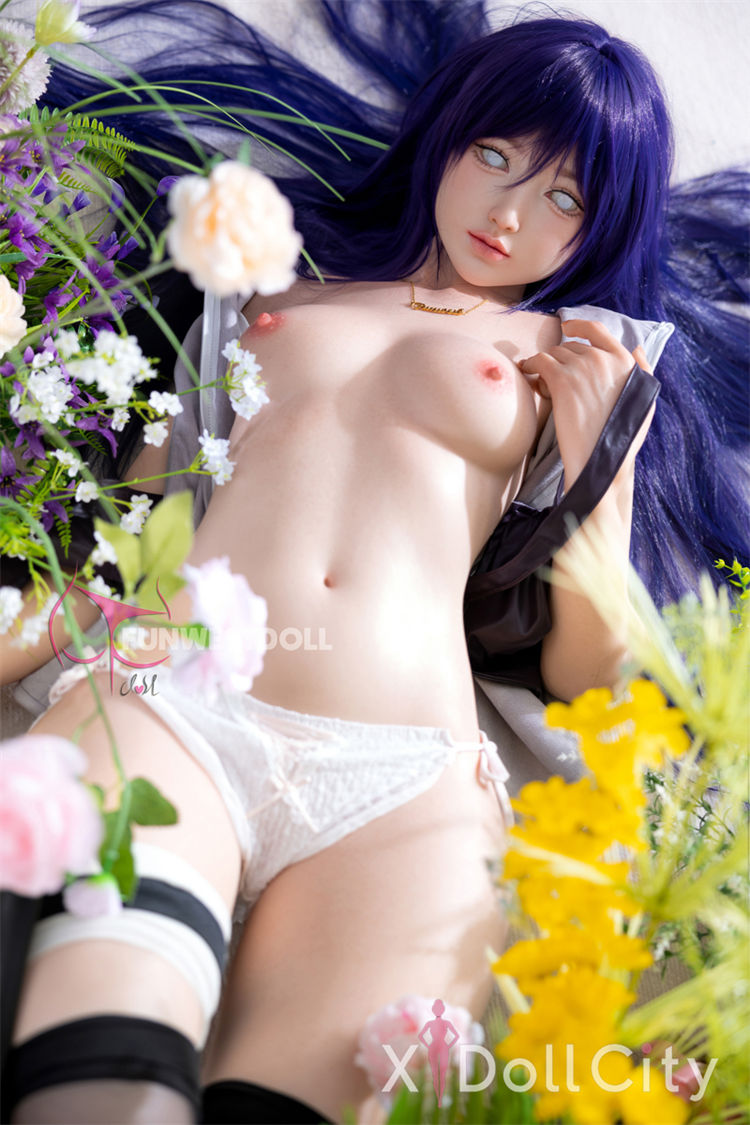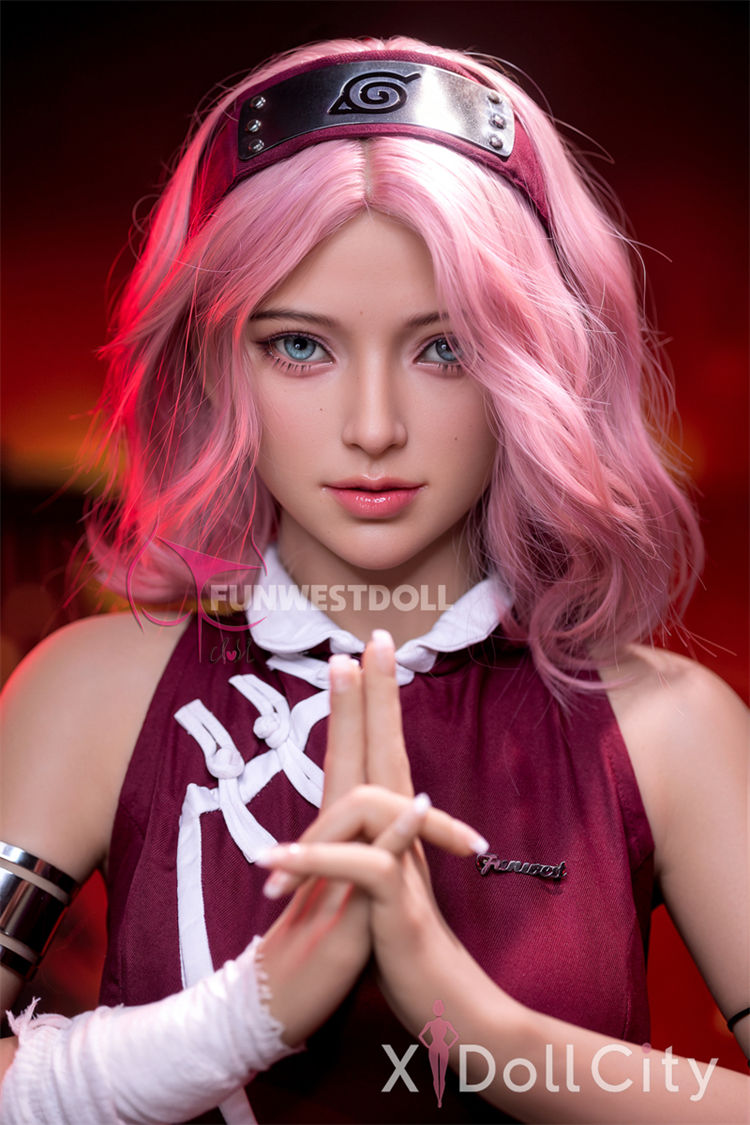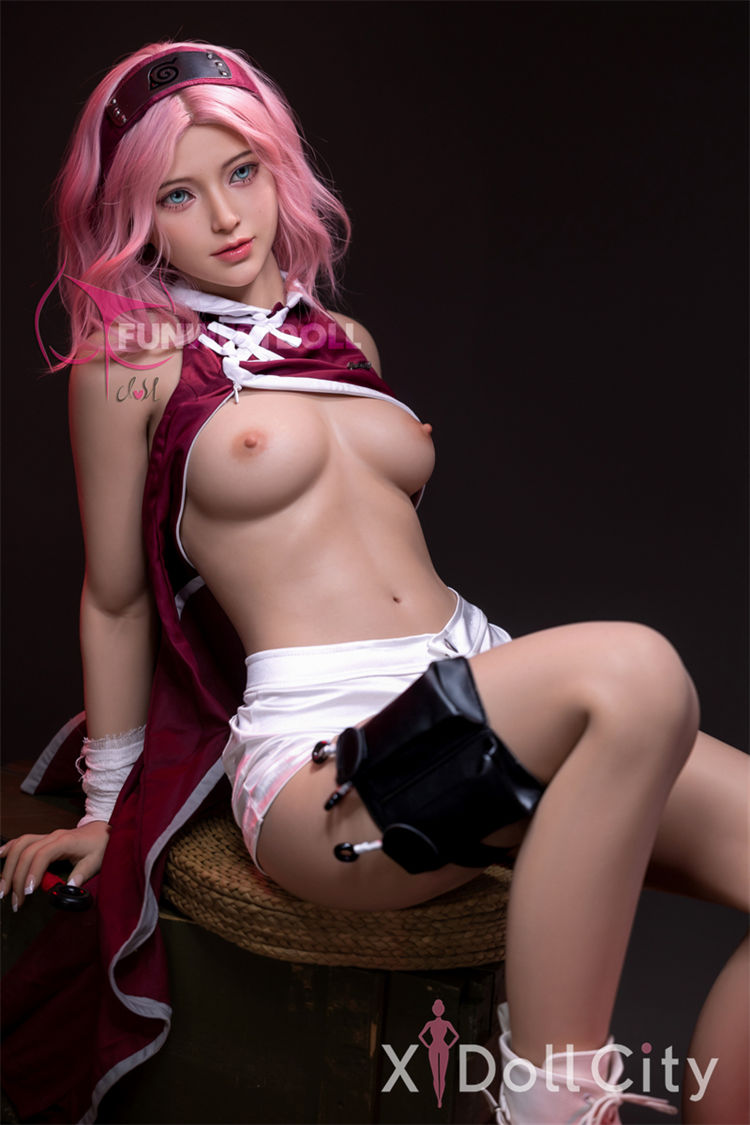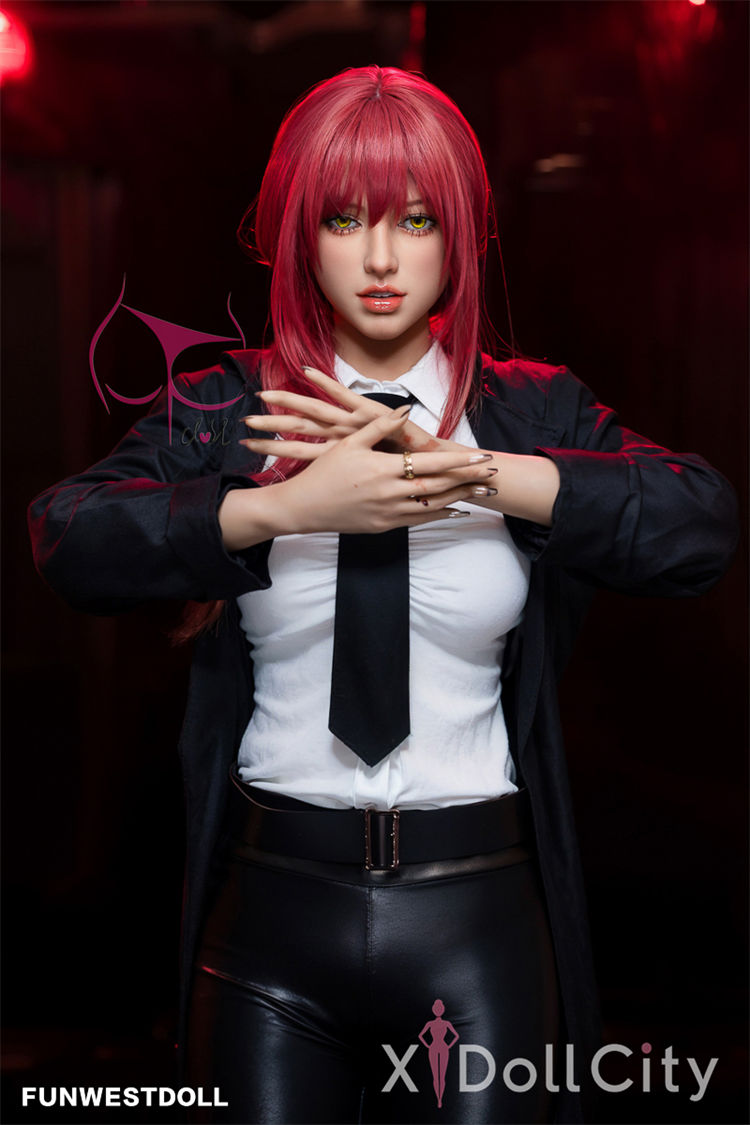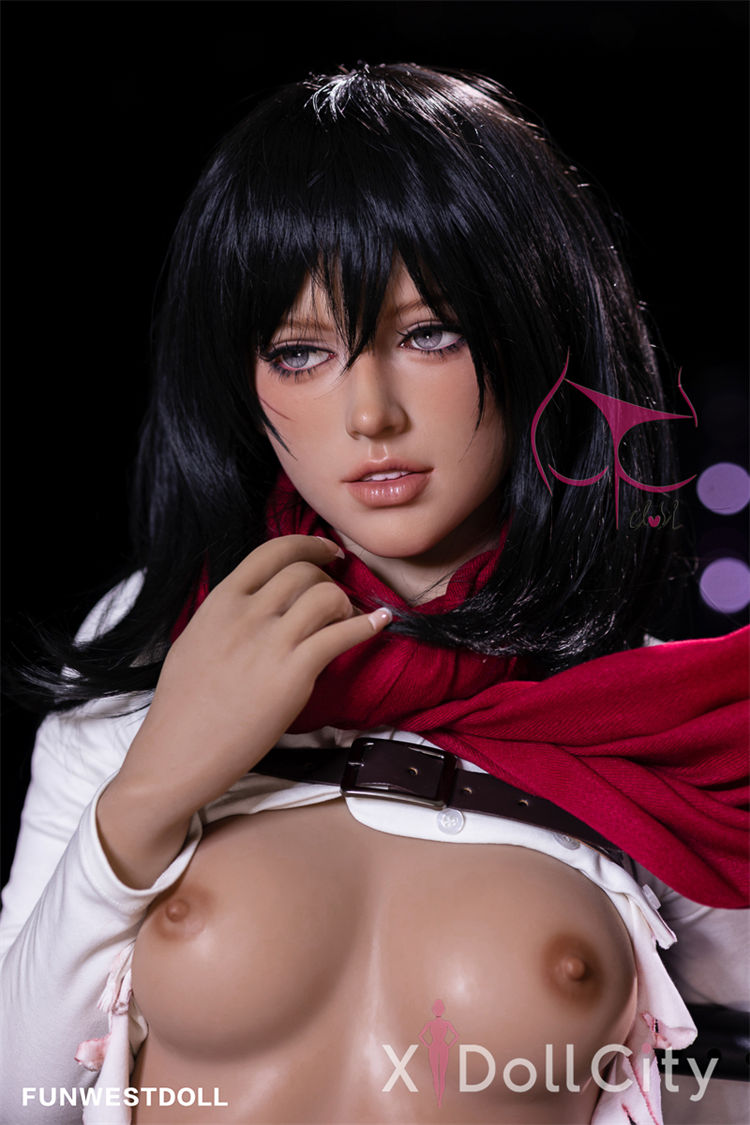Rainbow Party
Rainbow Party: Behind the Myth and the Sexual Controversy
The term Rainbow Party refers to a rumored sexual gathering—often associated with teens or young adults—where participants wear different shades of lipstick and perform oral sex on multiple partners. Each color leaves a “mark,” forming what’s described as a “rainbow.”
While the concept has circulated widely in pop culture, sex education, and media discussions, there is little verified evidence that such organized events are common. The phrase gained attention in the early 2000s, sparking debates about youth sexuality, peer pressure, and misinformation about sexual behavior among adolescents.
From a sexual culture perspective, “rainbow party” has evolved into a cautionary term—representing the fears and misunderstandings surrounding sexual experimentation and communication. It serves as a reminder of how myths can shape public discourse about sex without factual grounding.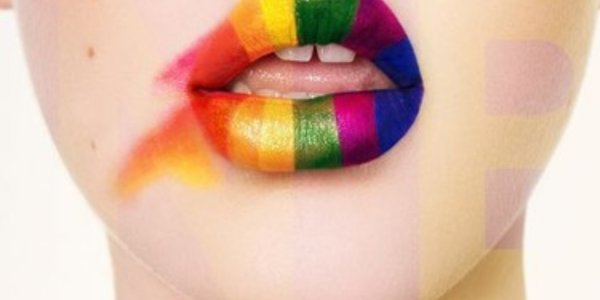
Cultural Impact and Misunderstandings
The popularity of the term “rainbow party” reveals more about social anxiety than about real sexual practices. Media coverage often exaggerated the phenomenon, using it as a warning about moral decline rather than focusing on comprehensive sexual education.
Today, the phrase appears more in urban legends and online discussions than in actual sexual communities. However, it remains a useful case study for understanding how sexual behavior, youth identity, and media influence can collide. For educators and parents, the discussion around “rainbow parties” highlights the importance of open, factual dialogue about consent, safety, and respect.
FAQ
What is a rainbow party?
A rainbow party is an alleged sexual gathering where participants wear different lipstick colors and perform oral sex, leaving colorful marks. It’s largely considered a media myth rather than a common event.
Did rainbow parties really happen?
There’s little verified evidence that rainbow parties occurred as described. Most reports stem from moral panic and sensationalized stories rather than real documented cases.
Why is it called a rainbow party?
The name comes from the idea that multiple lipstick colors create a “rainbow” pattern during oral activities. The term is symbolic and has rarely reflected real-life events.
What is the social meaning behind the term?
The term reflects cultural fears about teenage sexuality, peer pressure, and media exaggeration. It’s often discussed in the context of moral panic rather than sexual practice.
What can we learn from the rainbow party myth?
It underscores the importance of honest, evidence-based sex education and communication about consent. Myths like this reveal how misinformation can distort discussions about sexuality.


